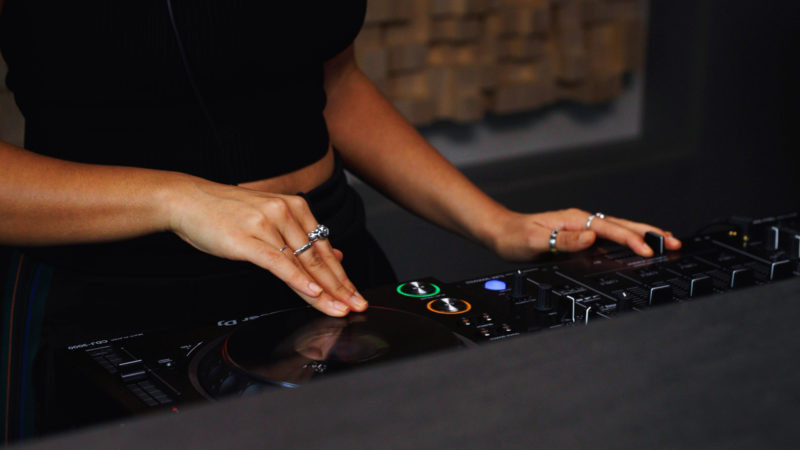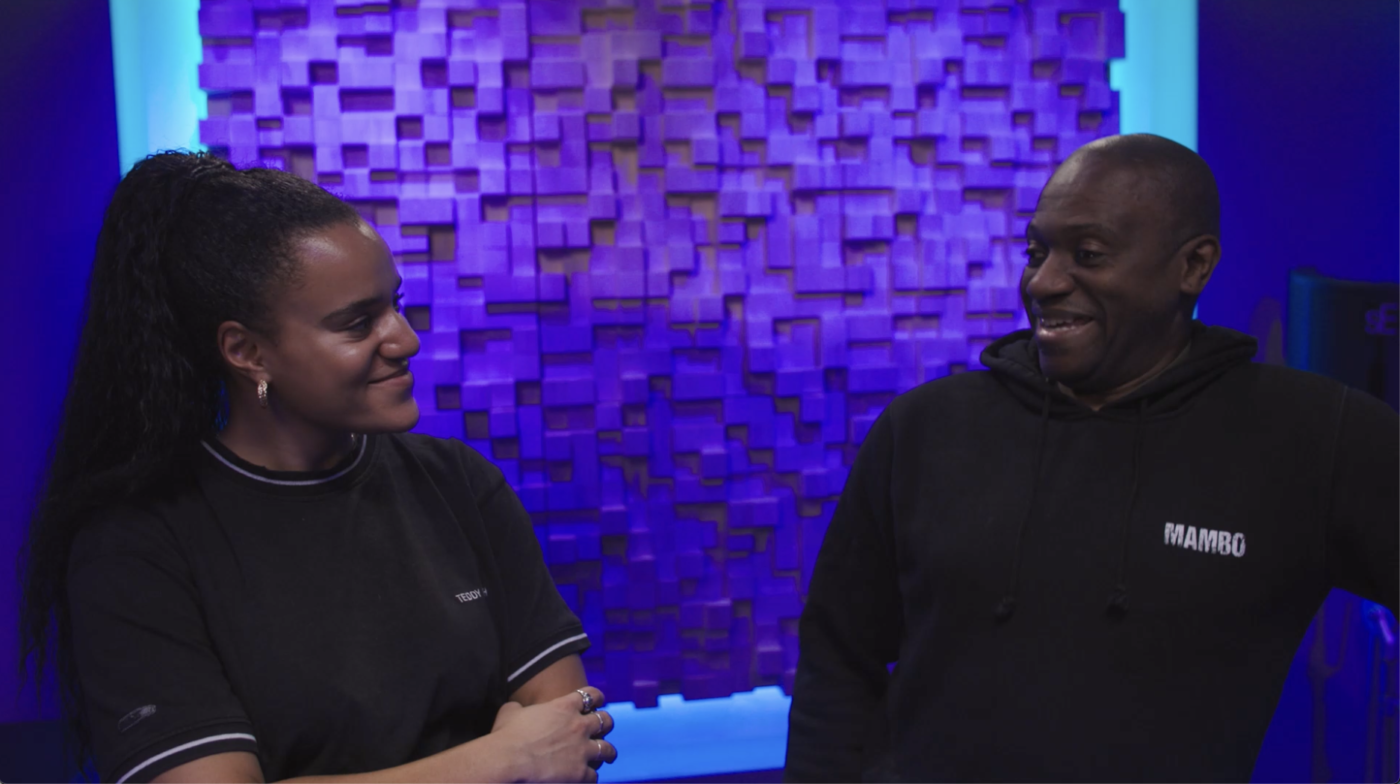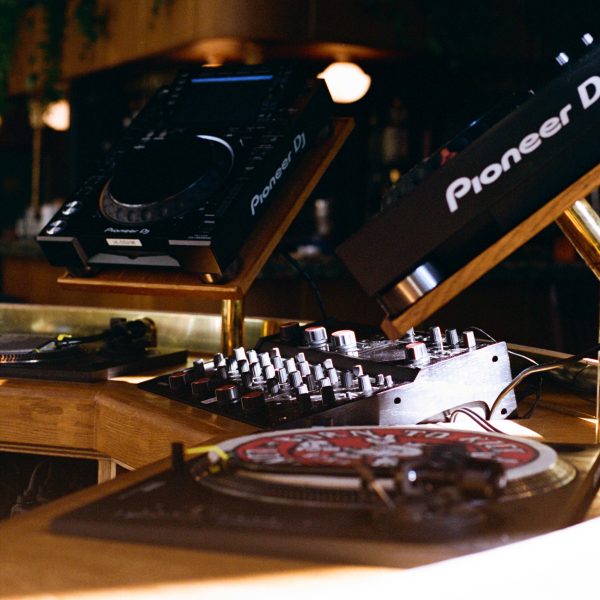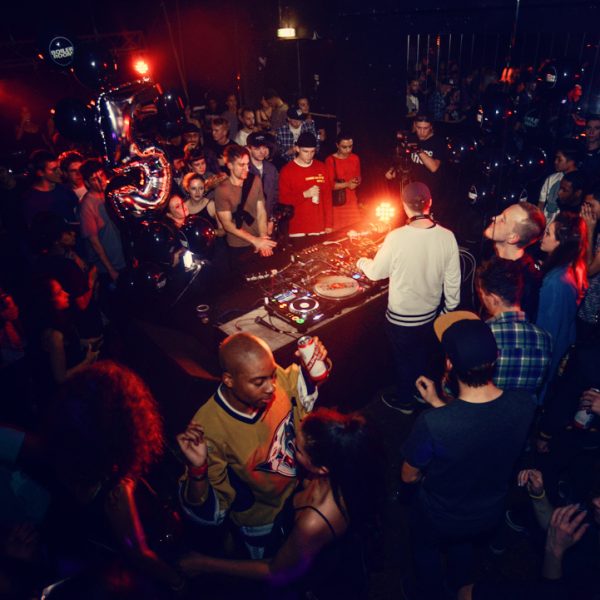As a DJ, I have always been fascinated by the world of scratching. It’s an artform that requires a high level of skill and precision, something that has always captivated me. To me, scratch culture represents the intersection of the old and the new. On one hand, scratching is steeped in tradition and has been around for decades. On the other hand, it’s a constantly evolving style of DJing that has adapted to new technologies and trends.
I also love the sense of community and collaboration that seems to exist within scratch culture. DJs are always pushing each other to be better and to try new things, and this competitive spirit has helped to drive things forwards. I think scratch culture represents the best of what DJing has to offer, a combination of technical skill, creative expression and community. It requires dedication and hard work, but it also seems like a lot of fun.
With all of this said, I’d never actually tried scratching. As a DJ, I’ve always focused on mixing and blending tracks, rather than manipulating the tracks themselves. My style naturally incorporates lots of cutting, so I always thought that scratching would build on techniques that I naturally leaned towards.
So when Pioneer DJ set me the challenge of learning to scratch, I jumped at the chance. They were curious to see what progress a DJ with no prior experience in scratching could make in just 12 hours.
We split the time across two days, which would culminate with me recording a final two-minute performance routine to show what I’d learned. From the outside, the world of scratching and turntablism can seem a little intimidating; the aim with this challenge was to break down some barriers by showing what could be achieved in a matter of hours. And to make things additionally interesting, we decided I would apply the scratch techniques I learned to my usual style of club music and DJing.
I would be learning from Cutmaster Swift, a former DMC World champion, who’s been a major figure on the UK turntablism scene for decades. The plan wasn’t to set a super strict time limit or anything—I was learning and practicing for “roughly 12 hours.” In any case, the challenge was meant to be a fun and hopefully inspiring example for DJs who are curious about scratching, or perhaps even aspire to reach the standards of a legendary DJ like Cutmaster Swift.
As excited as I was, I did have a certain level of trepidation about learning how to scratch. I knew it was going to be a difficult journey, and I wasn’t sure if I was ready for it. But I was determined to step out of my comfort zone and see how far I could go. I admittedly had no idea what to expect. I had always admired the skill and precision of scratch DJs but I wasn’t sure if I would be able to pick up the techniques in such a short space of time…






